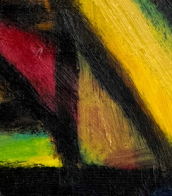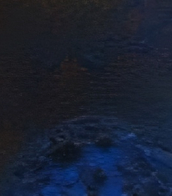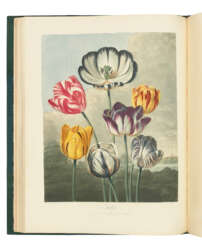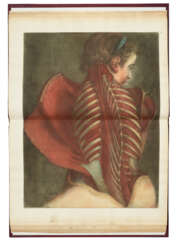8 Items by auctions and galleries:
colour aquatint
Lot 193 THORNTON, Robert John (1768-1837)
Valuable Books, Manuscripts and Photographs, including Highlights from The Royal Society of Medicine 

CHRISTIE'S
Valuable Books, Manuscripts and Photographs, including Highlights from The Royal Society of Medicine
Date: 10.12.2025 12:00 UTC +00:00
Number of lots in the catalog: 213
Lot 188 GAUTIER D'AGOTY, Jacques-Fabien (1717-1786)
Valuable Books, Manuscripts and Photographs, including Highlights from The Royal Society of Medicine 

CHRISTIE'S
Valuable Books, Manuscripts and Photographs, including Highlights from The Royal Society of Medicine
Date: 10.12.2025 12:00 UTC +00:00
Number of lots in the catalog: 213
Lot 164 Mimmo Paladino. Untitled
Domenico Paladino (1948) 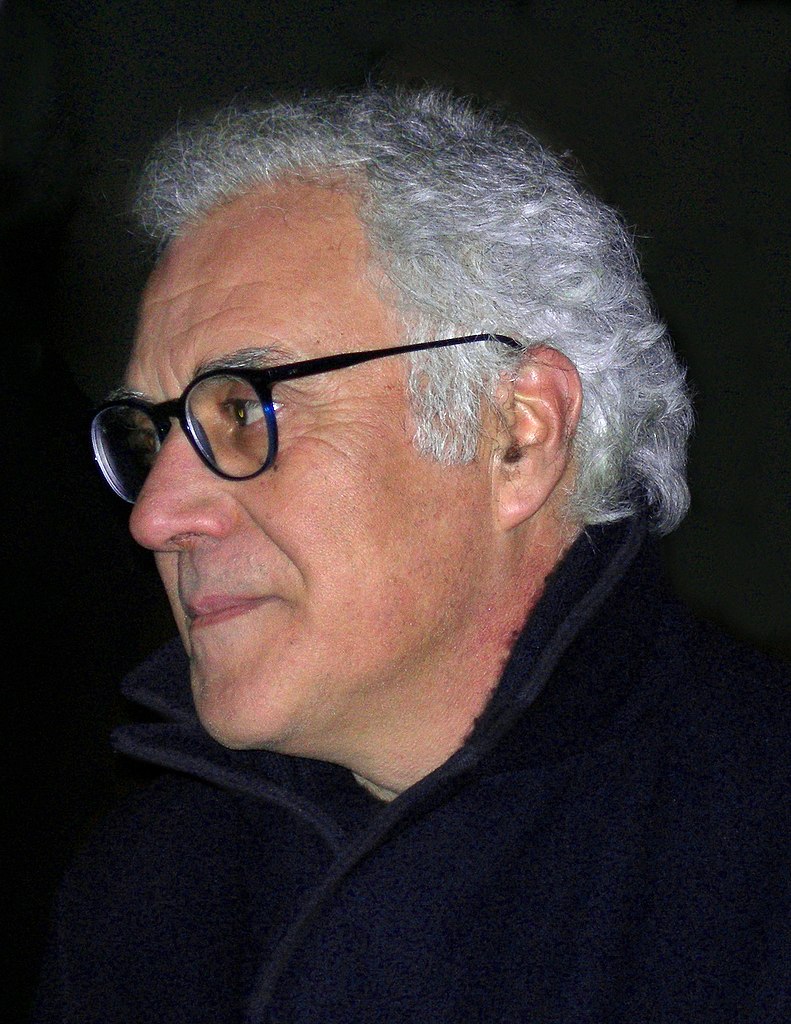 A1282: Galerie Thomas – Part II
A1282: Galerie Thomas – Part II 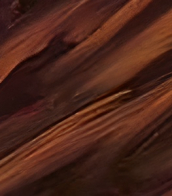

Domenico Paladino
18.12.1948
Italy
Domenico Paladino is an Italian sculptor, painter and printmaker. He is a leading name in the Transvanguardia artistic movement and one of the many European artists to revive Expressionism in the 1980s.

VAN HAM Kunstauktionen GmbH
A1282: Galerie Thomas – Part II
Date: 08.12.2025 17:00 UTC +01:00
Number of lots in the catalog: 146


